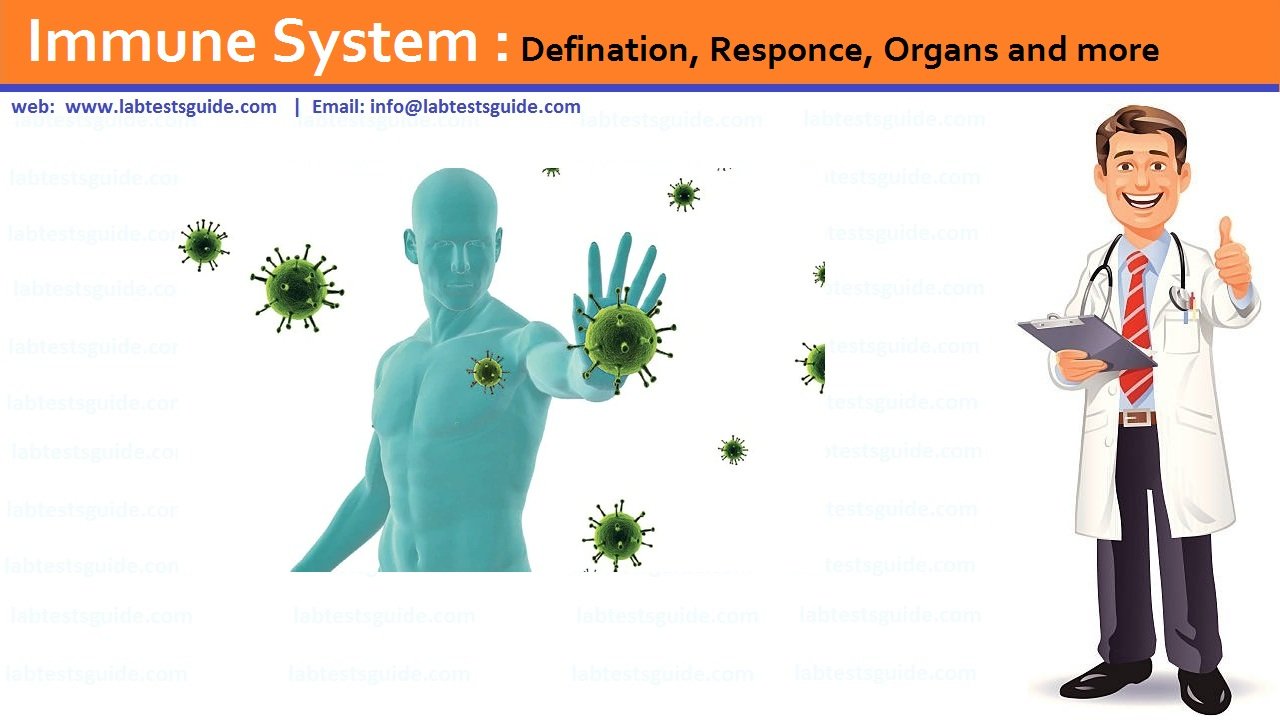Your immune system is a complex network of cells, tissues, and organs. Together they help the body fight infections and other diseases.
When germs like bacteria or viruses invade your body, they attack and multiply. This is called an infection. The infection causes the disease that makes you sick. Your immune system protects you from illness by fighting germs.

A rise in body temperature, or fever, can happen with some infections. This is actually an immune system response. A rise in temperature can kill some microbes. Fever also triggers the body’s repair process.
Parts of Immune System
There are 2 main parts of the immune system:
- The innate immune system. You are born with this.
- The adaptive immune system. You develop this when your body is exposed to microbes or chemicals released by microbes.
These 2 immune systems work together.
1. Innate Immune system:
This is your child’s rapid response system. He is the first to respond when he encounters an invader. It is made up of the skin, the cornea of the eye, and the mucous membrane that lines the respiratory, gastrointestinal, and genitourinary tracts. All of these create physical barriers to help protect your child’s body. They protect against harmful germs, parasites (such as worms), or cells (such as cancer). The innate immune system is inherited. It is active from the moment your child is born. When this system recognizes an invader, it springs into action immediately. The cells of this immune system surround and cover the invader. The invader dies inside the cells of the immune system (called phagocytes).
- Physical Barriers
- Skin
- Mucosa
- Inflammatory Response
- C-Reactive Protein (CRP)
- Prostaglandins and Leukotrienes
- Lysosomes
- Spleen
- Natural Killer Cells (NK cells)
2. Adaptive Immune System
The Adaptive immune system, with the help of the innate system, produces special proteins (called antibodies) to protect your body from a specific invader. These antibodies are developed by cells called B lymphocytes after the body has been exposed to the invader. The antibodies stay in your child’s body. It may take several days for antibodies to form. But after the first exposure, the immune system will recognize the invader and defend against it. The acquired immune system changes throughout your child’s life. Vaccines train your child’s immune system to make antibodies to protect against harmful diseases.
- B-Cells and Antibodies
- B Cells
- Antibodies
- Immunoglobulin (Ig)
- Immunoglobulin G
- Immunoglobulin A
- Immunoglobulin M
- Immunoglobulin E
- Immunoglobulin D
- Adenoids. Two glands located at the back of the nasal passage.
- Bone marrow. The soft, spongy tissue found in bone cavities.
- lymph nodes Small, bean-shaped organs found throughout the body and connected by lymphatic vessels.
- Lymphatic vessels. A network of channels throughout the body that transports lymphocytes to the lymphoid organs and into the bloodstream.
- Peyer’s patches. lymphoid tissue in the small intestine.
- Spleen. A fist-sized organ located in the belly (abdominal) cavity.
- thymus Two lobes that join in front of the trachea (trachea) behind the breastbone.
- Tonsils. Two oval masses in the back of the throat.
Possible References Used







